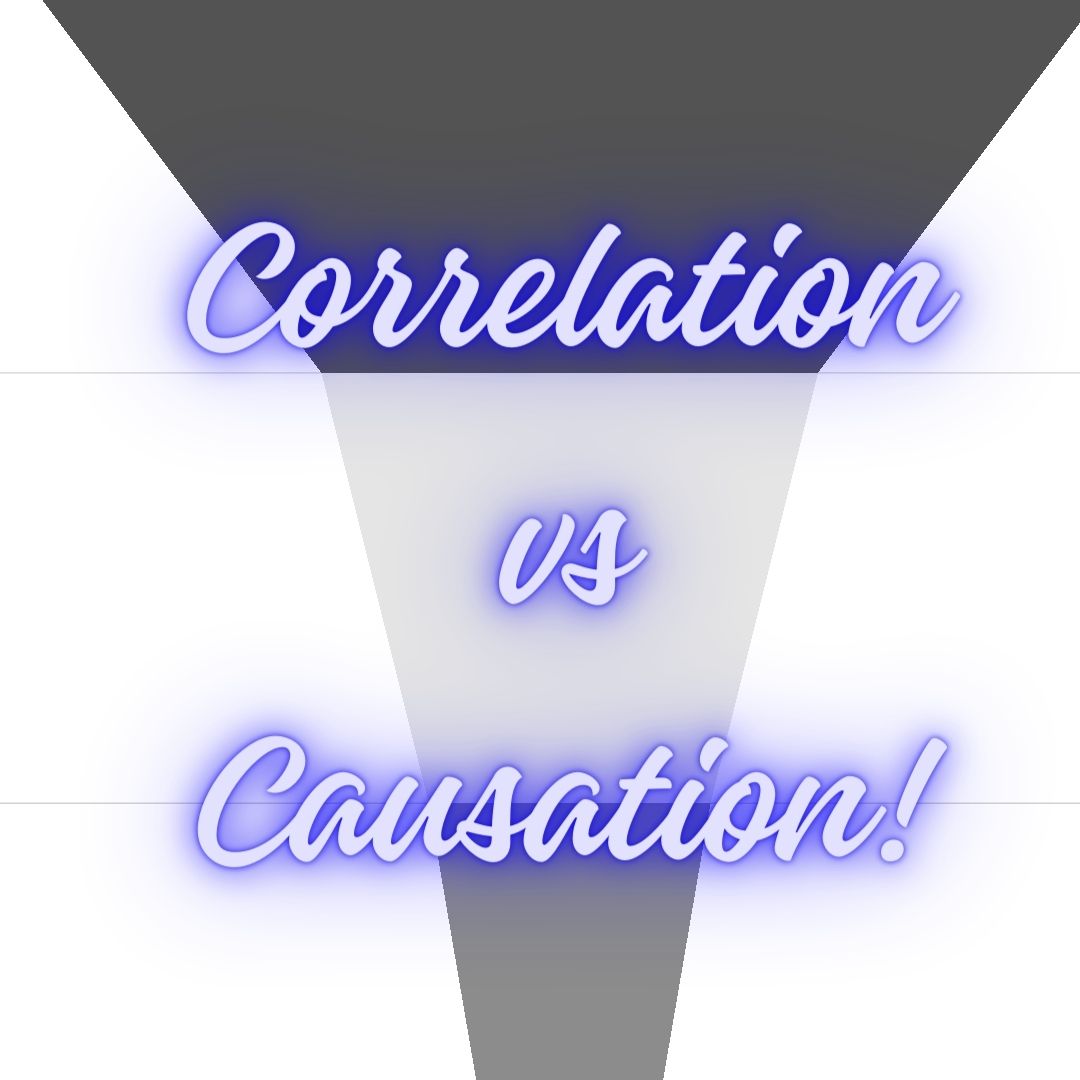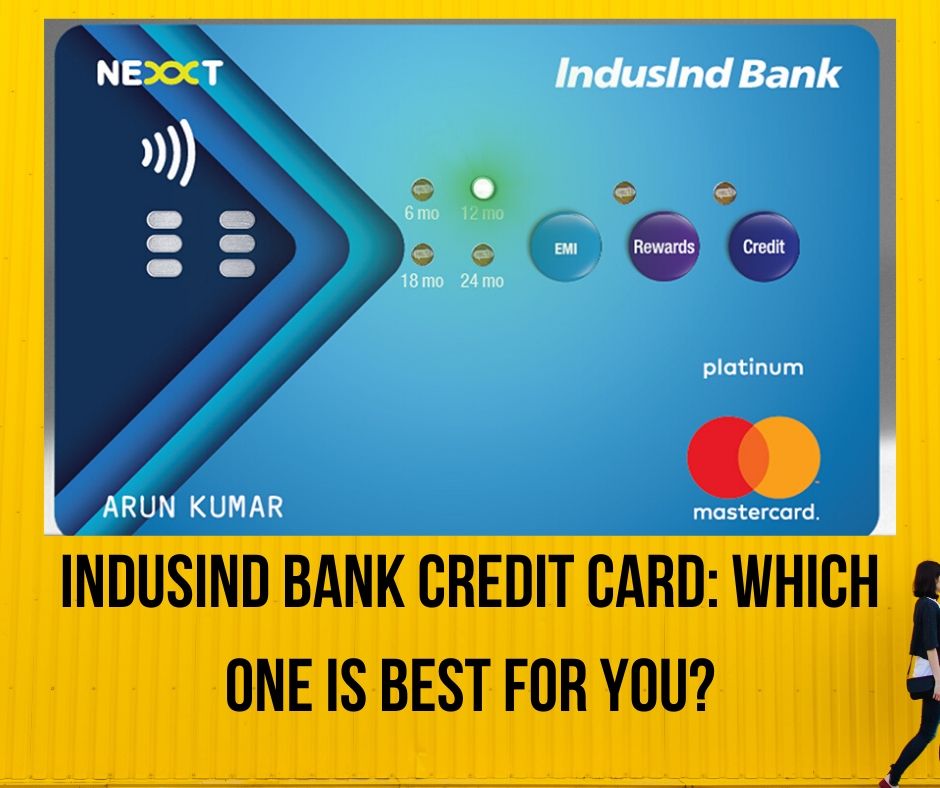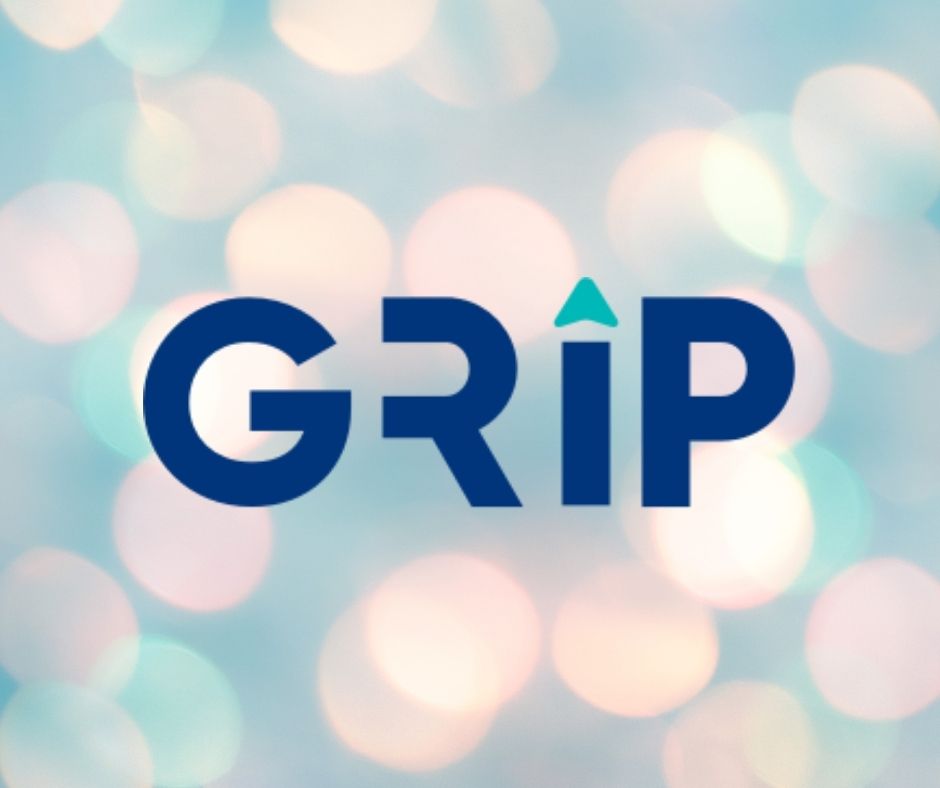Klarna: Pioneer of Buy Now and Pay Later
- 20 October 2021 | 2036 Views | By Abhinav Mishra

In this rapidly increasingly fintech and finance market, Klarna, though limited in its availability, has set a new benchmark in the buy now pay later industry.
Consumer credit has been ruling the financial industry for a very long time now. Several companies are offering small and long-term credits which you can use to buy goods and services and you can pay the companies at a later point in time. If you fail to make the payment, the companies charge you the interest and make money.
Every passing quarter, the volume of online transactions is increasing. People are buying more and more stuff online than ever before. It is not necessarily because purchasing power has increased. However, access to credit is becoming easier day by day. In the olden days, credit cards were the instrument for accessing debt in daily lives. Now, with the advent of the internet, a plastic or metal piece to justify your ability to take debt is not needed at all.
All You Need To Know About Credit Card Limit
At the same time, another industry is increasing – the fraud industry. Although, the percentage of millennials doing online shopping continues to increase, yet the non-millennials still find it hard to shop online. The major reason is people are afraid to share their credit card or financial details online. Secondly, people don’t want to pay before having a look at what exactly they are getting.
Enter Klarna!
This is where Klarna comes in and comes in with a bang. Its unique option ‘Buy now, pay later’ is finding interest among all age groups. Klarna is a financial technology company with its base in Stockholm, Sweden which started in 2005 and is now valued at $5.5 billion(as of August 2019). It is the largest European fintech company. The company operates at 190,000 online retailers and has its presence in 14 countries with an average of one million transactions per day.
In 2015, Klarna opened offices in New York, San Francisco, and North American headquarters in Columbus, Ohio. Since then, its ambition is growing and the company is finding the right set of people as investors. It is aiming at a $93 billion US credit card market which is currently dominated by American Express and Capital One.
Klarna is backed by a number of global investors like Sequoia Capital, Permira, Bestseller, Atomico, and Visa. It has reached a $5.5 billion valuations following a $460 million funding round last year. Sebastian Siemiatkowski, CEO and co-founder, says, “An IPO would most likely be happening in the U.S. because there is a bigger understanding of technology companies like us.” He adds in the interview, “Also because the U.S. might be our biggest market in coming years.”
So far we have said a lot about the company. The main question still remains.
How does the company work and how it is going to change the financial industry not only in the US but also in many other countries?
When it comes to the online industry and payments, Klarna has solutions for the two biggest problems which the consumers have – users are hesitant to give their financial details and are hesitant to complete the transaction without having to physically look at the product.
Klarna’s ‘try before you buy and ‘buy now, pay later’ model changes the game. Ever since their inception, these two models have become wildly popular among online users. At any online website, you have to first log-in and when you decide to make a payment, you have to provide your credit card details. This as per the study is not something that consumers enjoy doing.
When you visit Klarna’s website, all you have to provide is the email address and the shipping address. Nothing else. Yes, you read it right, no other information, and your order is confirmed. No need to set up an account and fill in the number of details. This is what makes Klarna not only unique in its business model but also makes it very consumer-friendly.
As per a report rolled out by Statista, 74.6% of orders were left abandoned in online shopping carts in the third quarter of 2018 which is a big percentage. As per some experts, a good percentage of this is because of the lengthy checkout process, the online consumers are turned off when asked so much information.
The next question would be what happens when the order is placed via Klarna’s website. There are two parts to it, one is the retailer and the other is the consumer. The consumer has not made the payment when the order is confirmed but as soon as the online retailer ships the product, Klarna pays the merchant and informs the consumer of their payment schedule. The consumer has multiple payment options. They can choose any one of the below three:
Buy Now pay later – With this option, Klarna gives consumers 30 days to test out the item. The 30 days period starts from when your order is shipped and not when you have actually confirmed the order. Once the consumer has received the order, they can either keep it or return it. Once they decide to keep it, they have to make full payment within 30 days to avoid any interest in fees from Klarna.
The installment option – With this option, consumers can pay for the order in four interest-free installments every two weeks. When you opt for this option, Klarna charges debit or credit card of the consumer every other week until they have made the payment in full. The important point to keep in mind is a consumer may accrue interest on the credit card if they carry a balance from month to month. With this option, there is a return payment fee.
Credit Karma: Free Credit and Financial Management Platform
Six to 36-month financing – Klarna offers its user a six to 36-month financing so they can buy an item and repay the dues in a form of monthly installments. They can check for the interest upfront before completing the transaction. They will be reminded every month before the due date.
Sebastian Siemiatkowski dreams that enough merchants embrace Klarna as a free-floating credit issuer so that millions of online shoppers will no longer see credit cards as the first choice for financed payments. Klarna has lent millions of dollars to its customers last year and has about $1 billion on its balance sheet. The next logical question is, how it is making money? Though the company is not charging any interest or fees on its standard plans it charges transaction fees to the retailers just like any other credit card company.
As per the numbers provided by the company, there is a 68% increase to average order value for the retailers that offers its customers Klarna’s installment plan. The purchase frequency has increased by 20% for customers using the 30-day payment plan and there is a 58% increase on average order value for retailers offering depending on the payment option the consumer chooses, Klarna’s financing plan. Also, Klarna charges retailers different amounts. For all payment options, there is a $.30 transaction fee plus a variable rate fee of either 3.29% or 5.99%.
With its popular “buy now, pay later” model, Klarna is in news across Europe and the U.S. Why will it not be? It is a win-win for both consumers and retailers. Consumers enjoy the quick and convenient ordering process and they get a chance to try items before they actually buy a product. The retailers are enjoying the services as Klarna takes on all the financial risk while encouraging shoppers to make a purchase.
Who should use the platform? Klarna is for all those who want to order a product immediately but they don’t have the cash in hand. Klarna is a perfect option for them. Consumers can save enough money to pay off the balance in full by the due date.









